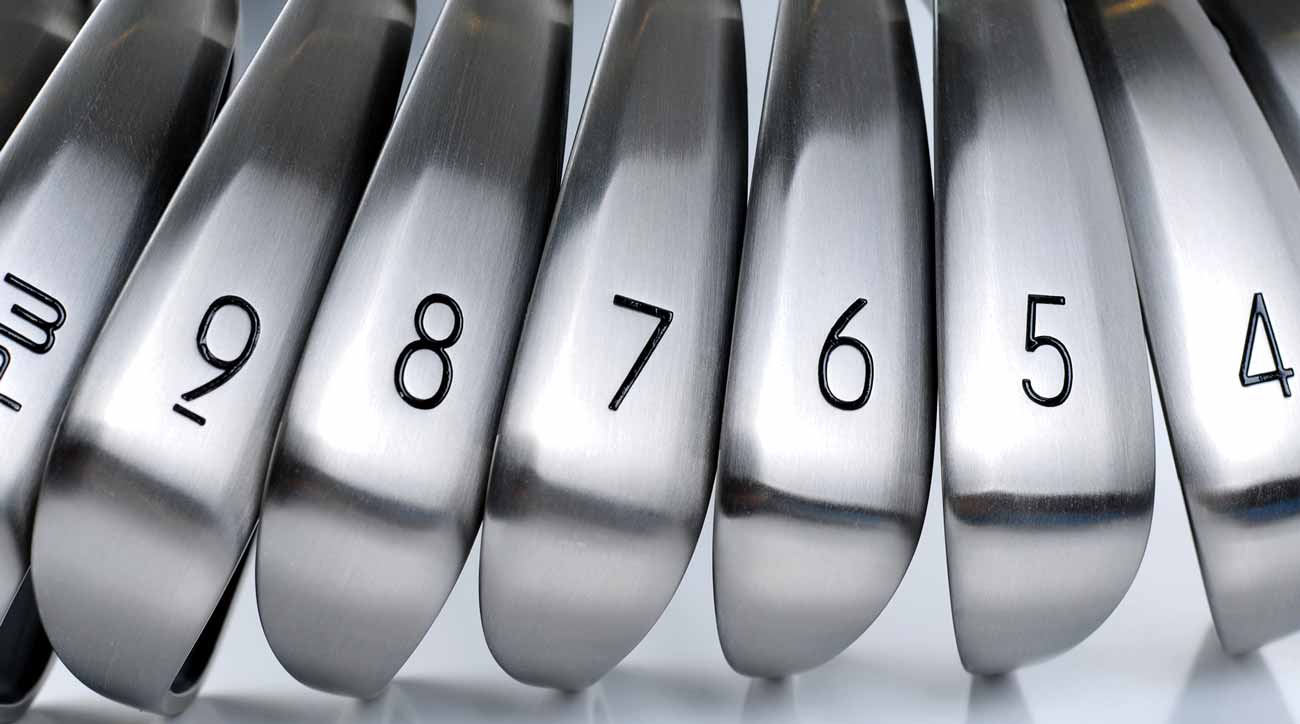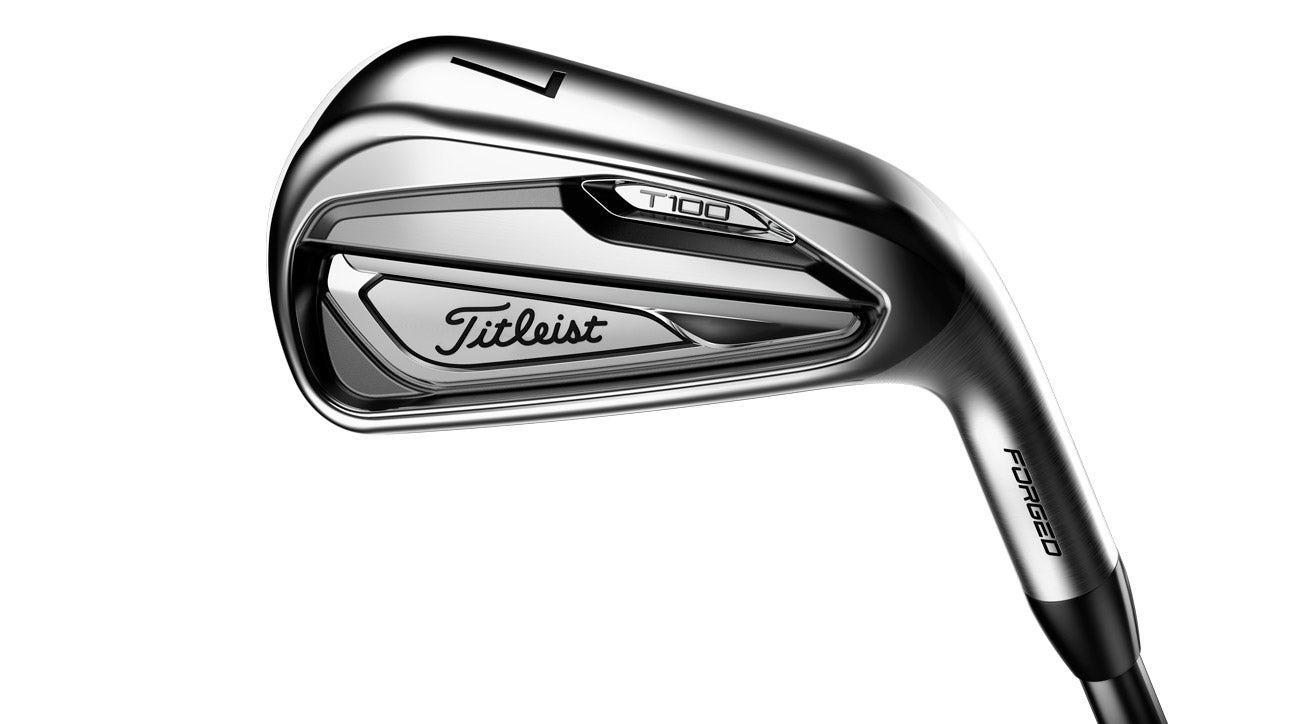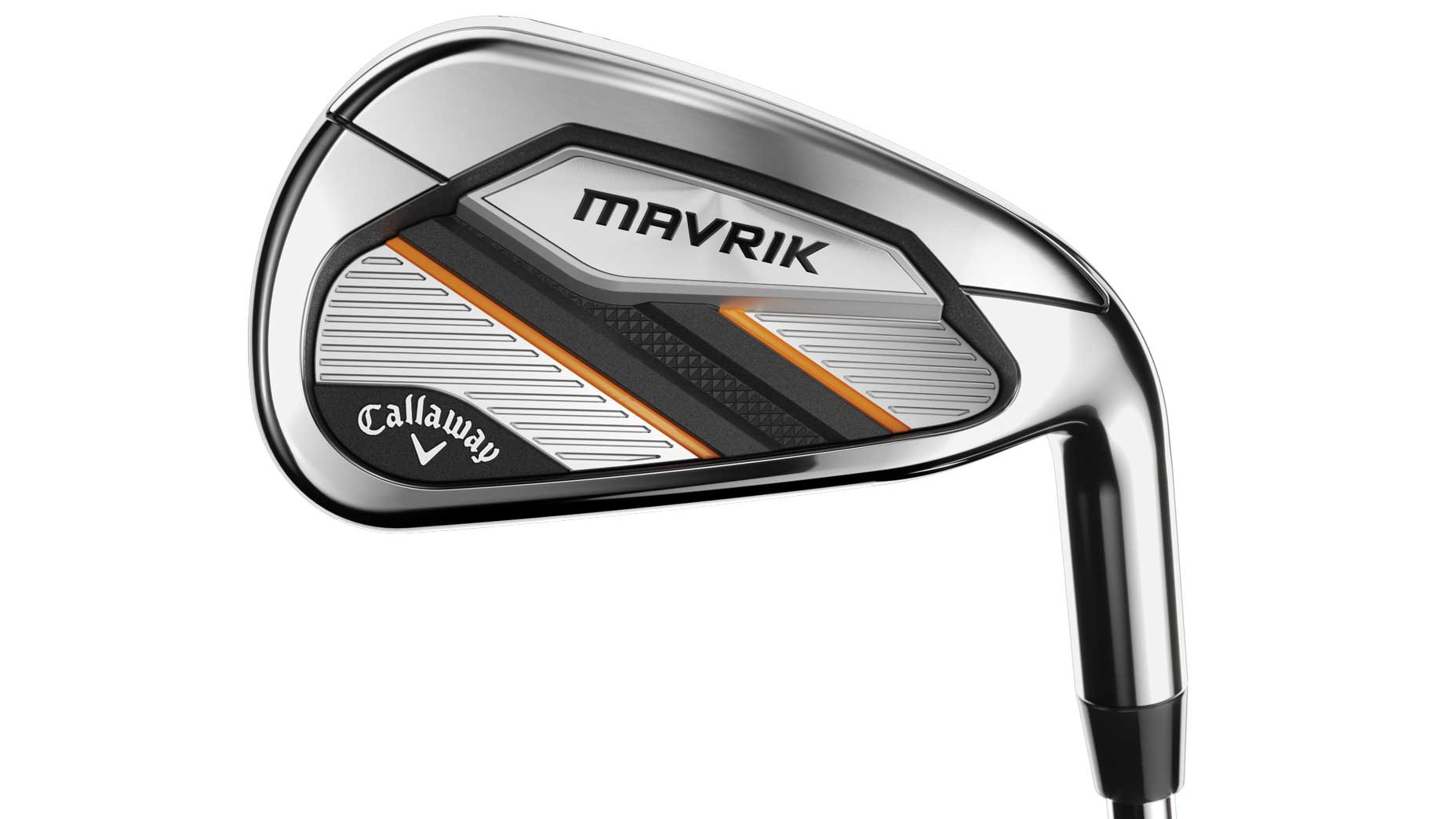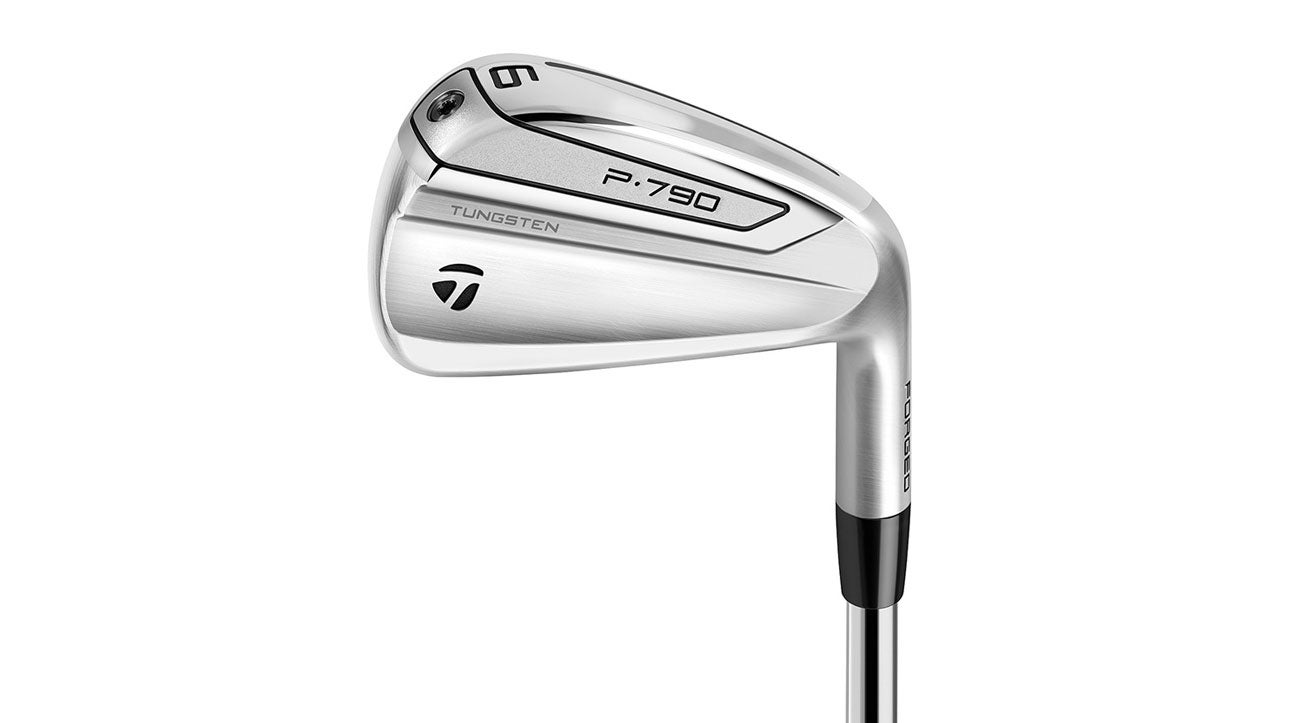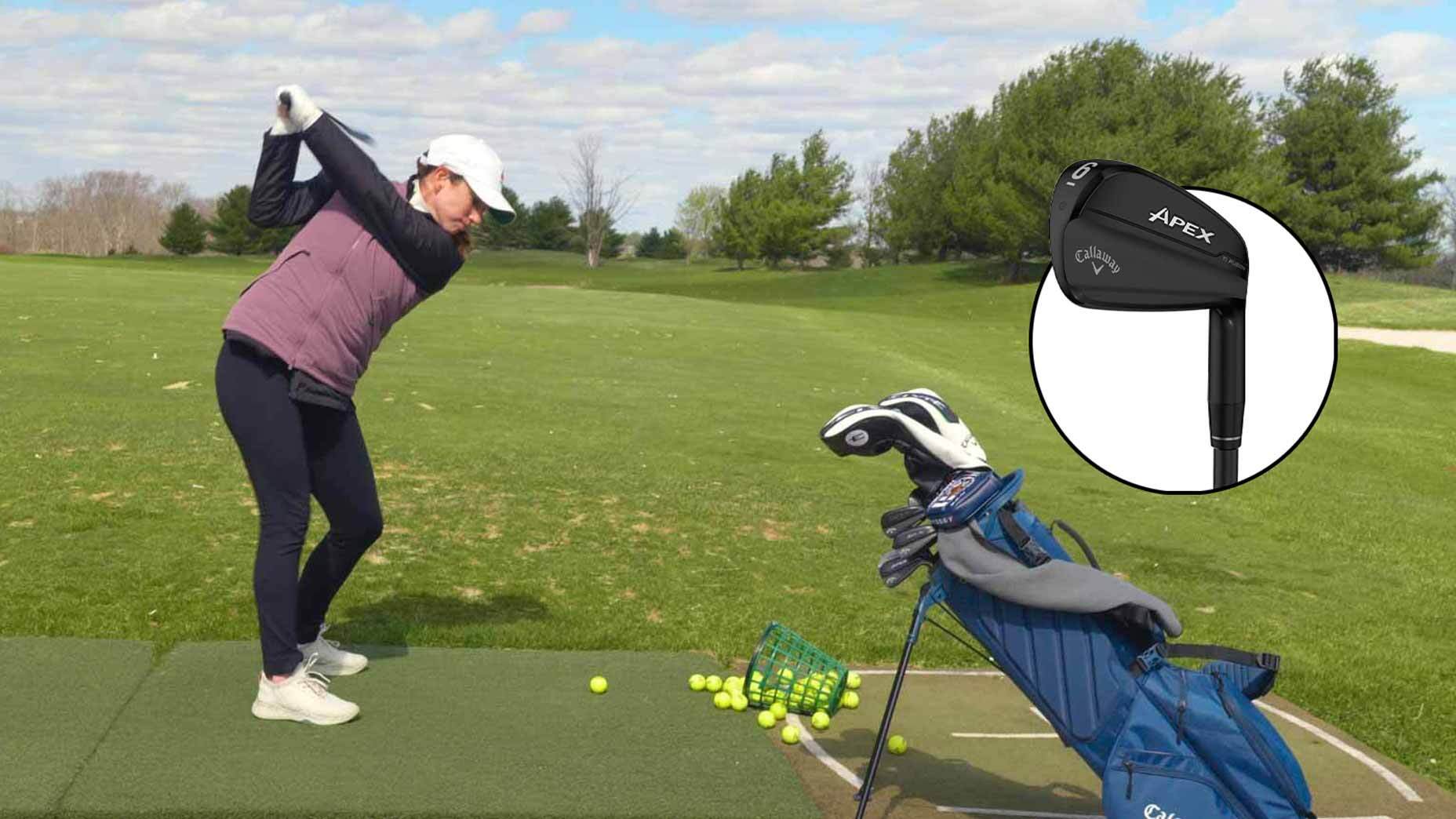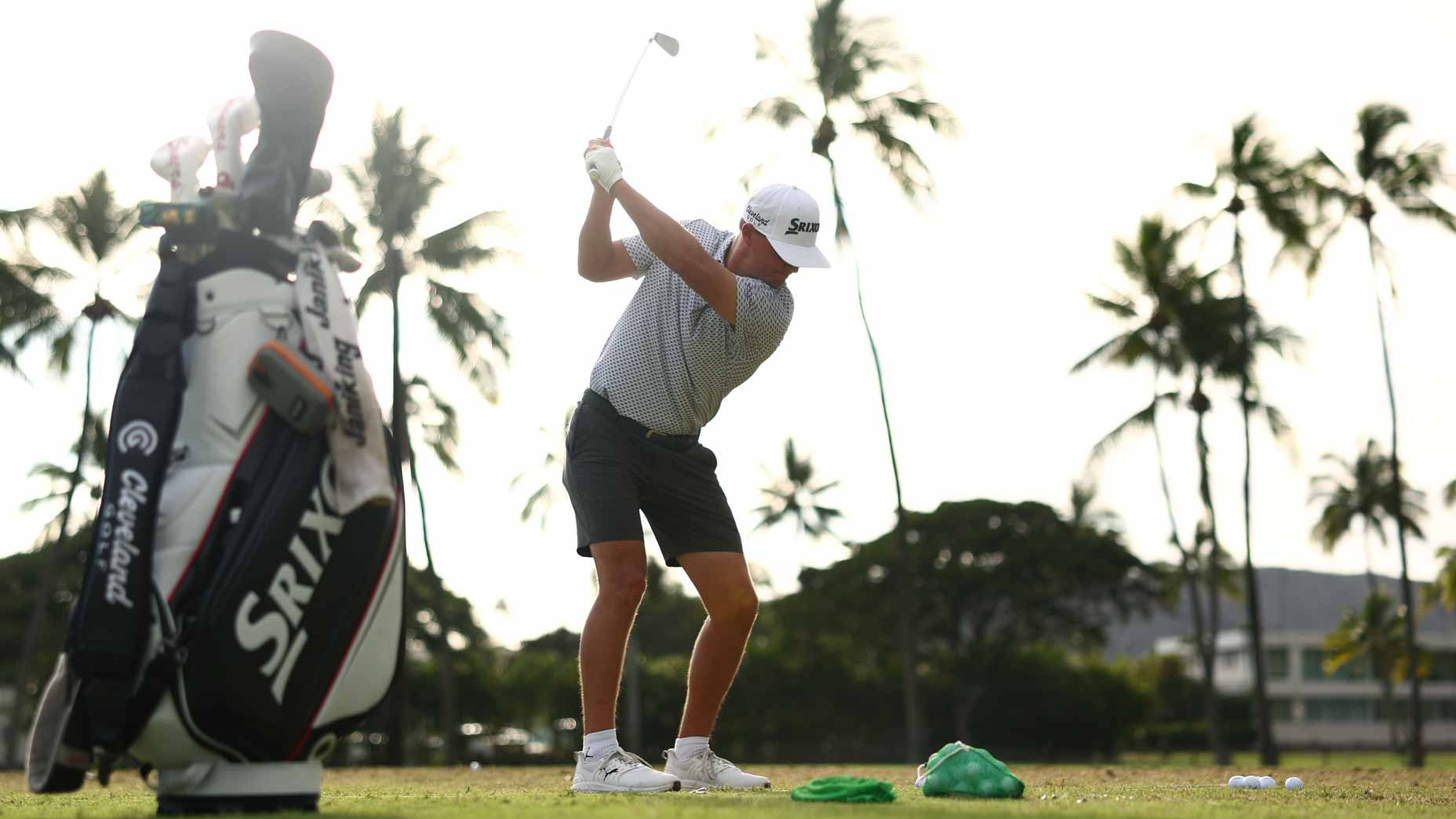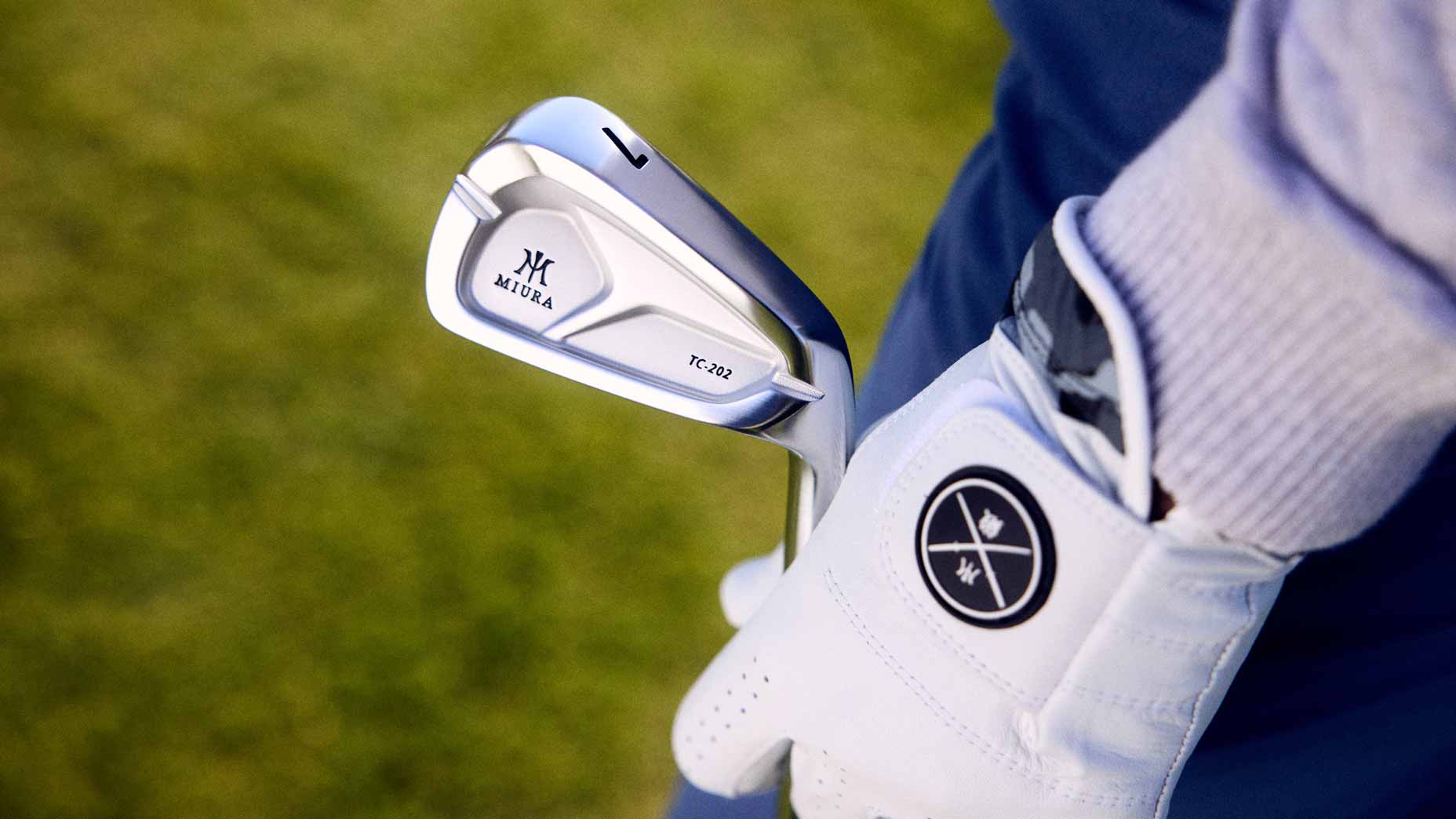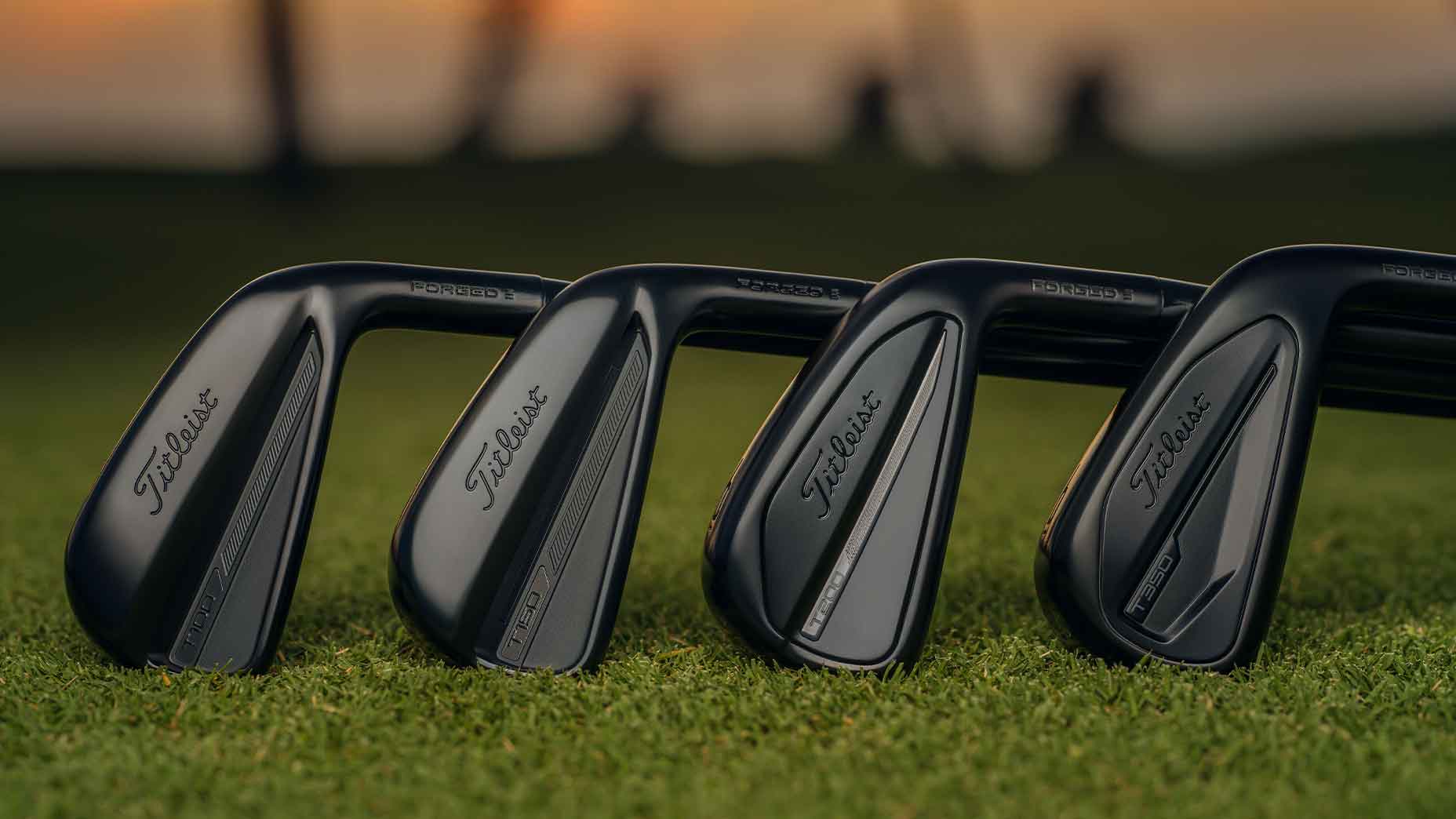1 thing you need to know when creating a ‘blended’ iron set
- Share on Facebook
- Share on Twitter
- Share by Email
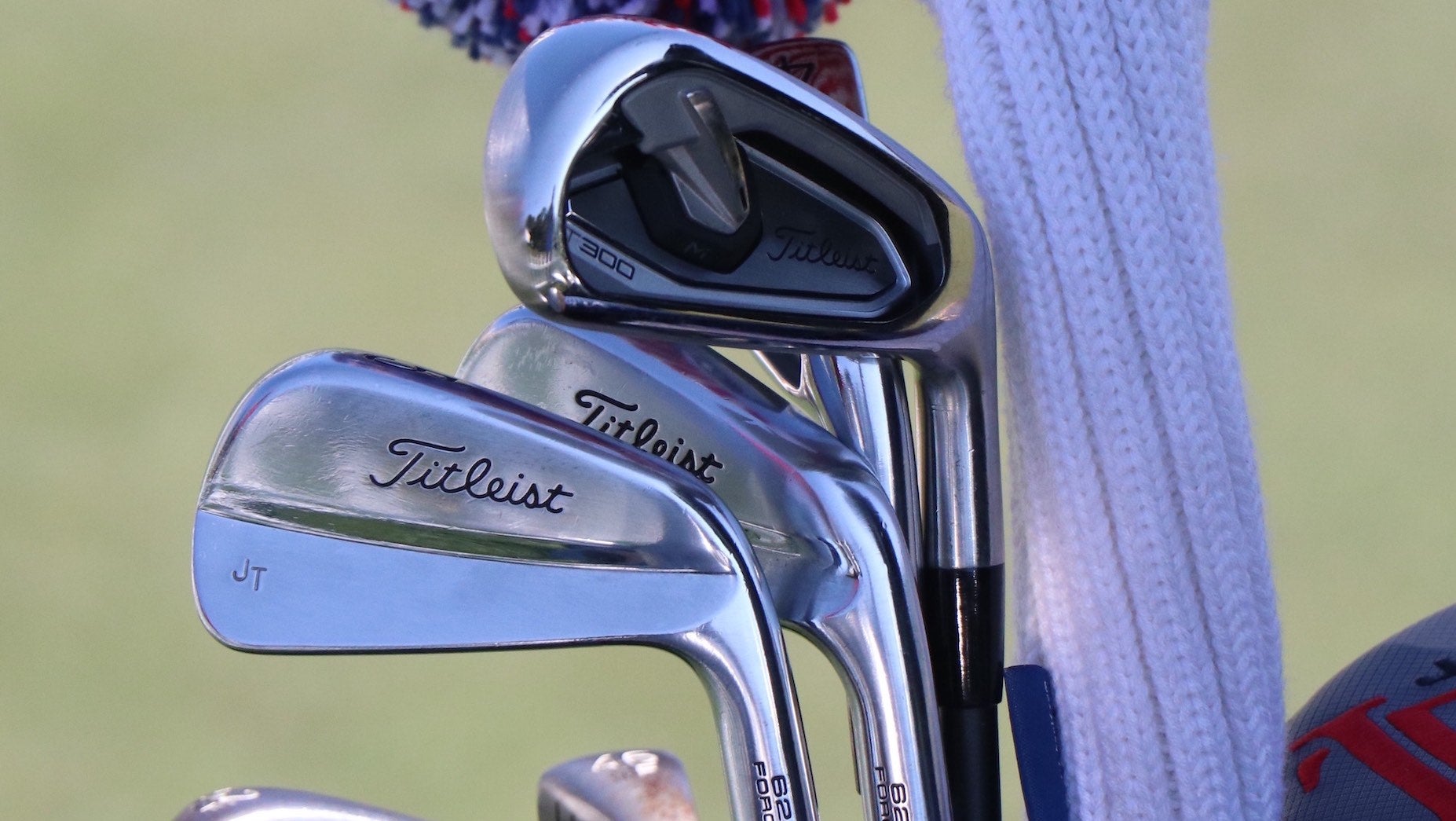
Justin Thomas recently added a game-improvement Titleist T300 long iron to the bag.
Andrew Tursky
If you were to take a peek inside the tour bags of some of the best players in the world, there’s a high likelihood you’d find at least two different iron models. The numbers vary based on who’s in the field, but roughly 75 percent of pros use what’s commonly referred to as a “blended set.”
If you’ve never heard the term “blended” before — also called “split,” “combo” or “mixed” — it’s the combining of two or more different iron models to create a complete set. Justin Thomas, Collin Morikawa and Bryson DeChambeau all rely on blended compositions, which tells you a lot about where iron setups are headed in the professional ranks.
What’s interesting is not nearly as many recreational golfers employ a setup that could benefit a wide range of handicaps. The most common blended set typically features long irons that deliver a towering launch with ample mishit protection (i.e. forgiveness), and compact short irons offering workability, consistent turf interaction and a controlled flight.
Why many Tour players are now carrying a split set of irons (and why you should too)By: Jonathan Wall
Some golfers, including Tiger Woods, have also blended during their careers to get the correct amount of offset throughout the set. During Woods’ historic victory at the 1997 Masters, he found Mizuno’s MP-29 provided less offset in the long irons than the MP-14 and vice versa in the mid and short irons. To get the perfect amount of offset, Woods split the set in half, using MP-29 in the 2- through 4-iron and MP-14 in the 5-iron through pitching wedge.
Woods’ blended set requirements were (and still are) on a completely different level, but the story still highlights the fact that there are a number of different ways to create the perfect iron set.
Finding the correct lofts are the key
If you’ve contemplated blending two different models to create a set, now is as good a time as ever to make the leap. More than ever before, manufacturers are taking into account the possibility that a golfer might want to use something beyond the standard iron composition. Before you take the leap and build a blended set, it’s a good idea to get a certified club-fitter involved. (True Spec Golf, a brand-agnostic fitter and sister company of GOLF.com, is a good place to start.)
A competent fitter will help you find the best setup for your game, but if you don’t have one nearby, it’s important to keep one thing in mind when combining iron models: loft. Throwing a couple of game-improvement long irons in the bag to go along with your better-player, compact short irons sounds like a great idea. But if the lofts don’t match up throughout the set, you might run into a potential gapping problem.
Build your next blended iron set in GOLF’s Pro Shop
SHOP NOWFor example, the standard loft gap between each iron in a set is usually 3 to 4 degrees. So you might have a 30-degree 6-iron and 34-degree 7-iron. Maintaining consistent loft gaps ensures you don’t run into a situation where, say, your 6-iron and 7-iron fly similar distances.
This could happen if you blend strong-lofted game-improvement long irons with better-player mid and short irons. Again, most manufacturers are cognizant of the potential for a blended set, but that doesn’t mean the lofts will match up perfectly. If possible, take a look at the loft specs — they can be found on the manufacturer’s website — for any iron you’re considering blending to see if there’s the potential for a seamless loft transition.
If you wind up with a loft gap that’s less than 3 degrees or more than 5 degrees between two irons, it’s very likely you’ll need to have one or more of the irons bent weaker or stronger to correct the gapping problem. Just remember that you should never alter loft more than 2 degrees on a club. Doing so will alter how the club is designed to perform, particularly when it comes to turf interaction. The last thing you want to do is ruin a new club before you’ve even had the chance to break it in.
Latest In Gear

Jonathan Wall
Golf.com Editor
Jonathan Wall is GOLF Magazine and GOLF.com’s Managing Editor for Equipment. Prior to joining the staff at the end of 2018, he spent 6 years covering equipment for the PGA Tour. He can be reached at jonathan.wall@golf.com.

